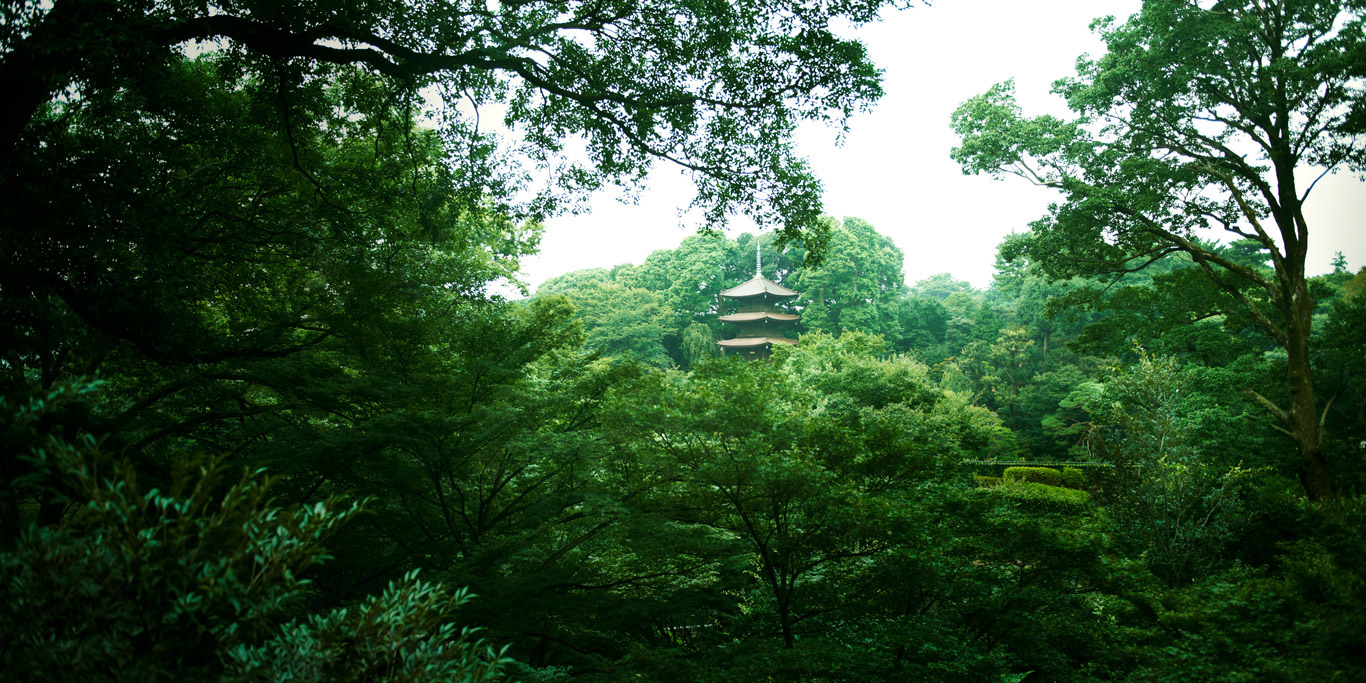
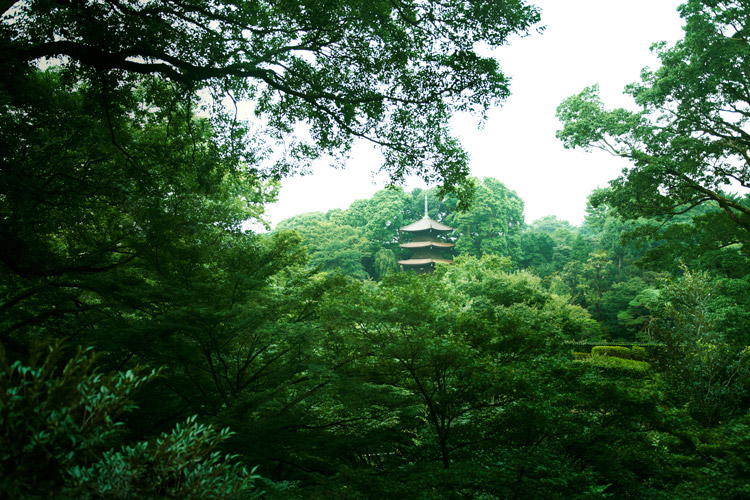
庭園&活動
東京樁山莊大飯店的「現在」、看點
Japanese Tea Ceremony in Tokyo: History, Matcha, and Where to Experience It
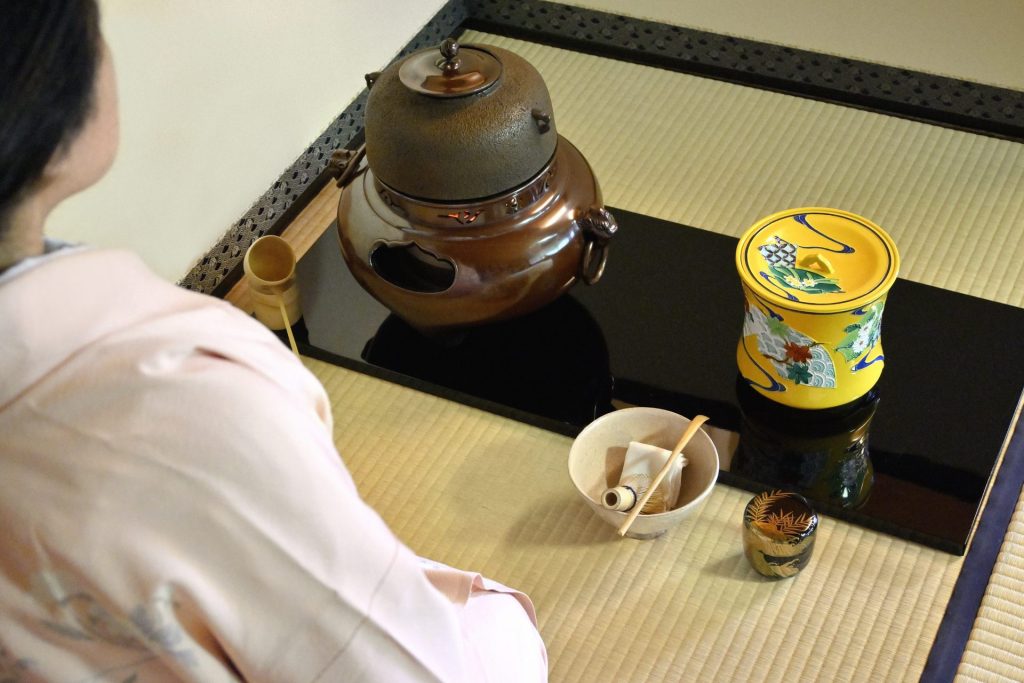
What Is a Japanese Tea Ceremony?
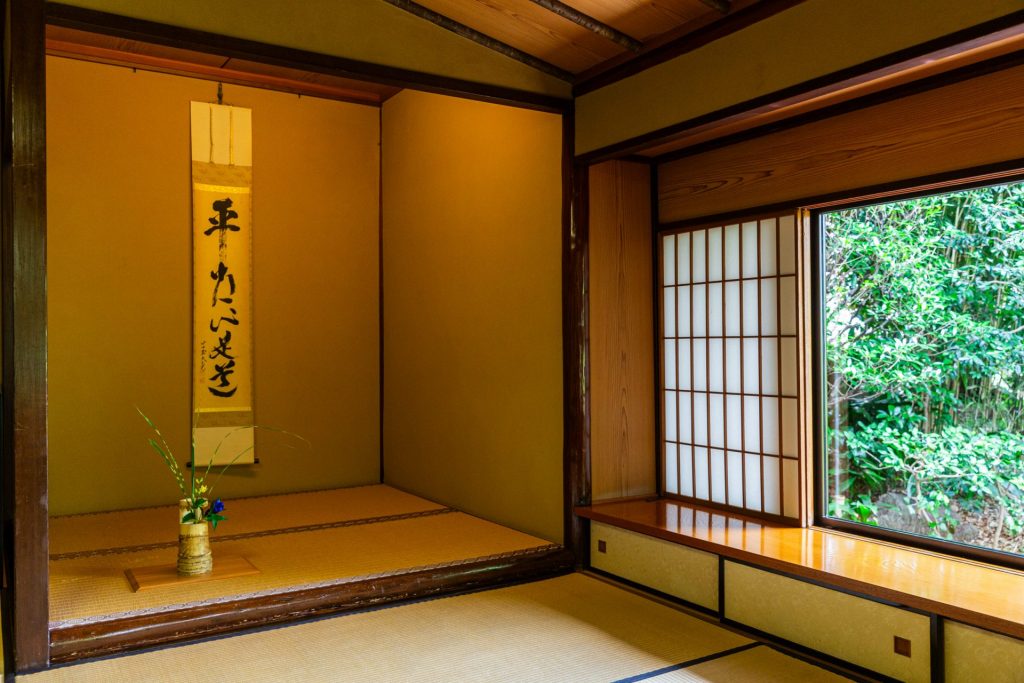
Japanese Tea Ceremony History
The Japanese tea ceremony is a quintessential cultural practice that harmonizes Japanese hospitality and a deep connection to nature and the seasons. It also blends art appreciation, traditional culinary practices, and a philosophy significantly shaped by Zen Buddhism.
The Japanese tea ceremony emerged in the 15th century, a period marked by significant cultural exchange with Ming-dynasty China, when various Chinese ceramics, including tea bowls, were imported. During this time, the shoguns and high-ranking Japanese lords were advised by doboshu (“comrades”), connoisseurs who guided them in cultural matters. Many of these doboshu were highly educated Buddhist monks, deeply knowledgeable in Chinese culture and skilled in various arts like flower arrangement, garden landscaping, and art appreciation. The practice of offering tea to guests, observed by Buddhist monks living in solitude, served as the origin of the tea ceremony.
Sen no Rikyu (1522-1591), a tea master who served powerful generals Oda Nobunaga and Toyotomi Hideyoshi during Japan’s period of unification, is credited with establishing the principles and ritual of the tea ceremony as we know it today. He transformed the tea room into a sanctuary of introspection and mutual respect, where even feuding lords were required to leave their weapons outside, detached from the conflicts of the external world.
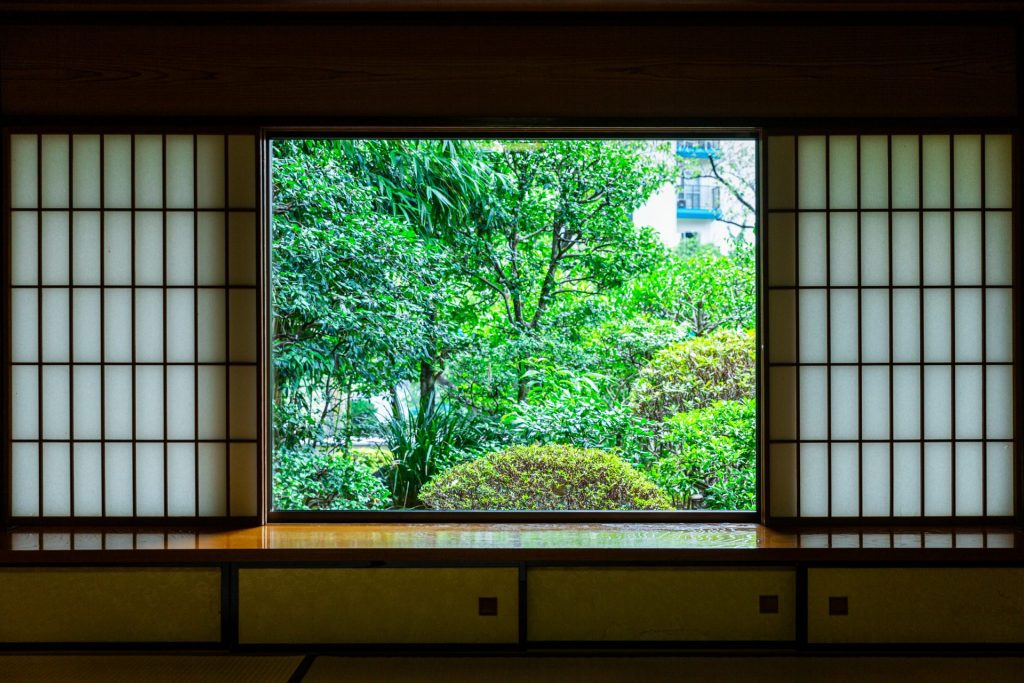
Traditional Japanese Tea Ceremony Features and Etiquette
The Japanese tea room features minimal decorations such as calligraphy (often by a Buddhist monk) and seasonal flowers in the alcove. Typically situated within a Japanese garden, its location allows participants to fully immerse themselves in the beauty of the current season throughout the ceremony. The precious pottery and lacquerware utensils used in the ritual are often heirlooms with rich histories, and are adorned with seasonal motifs.
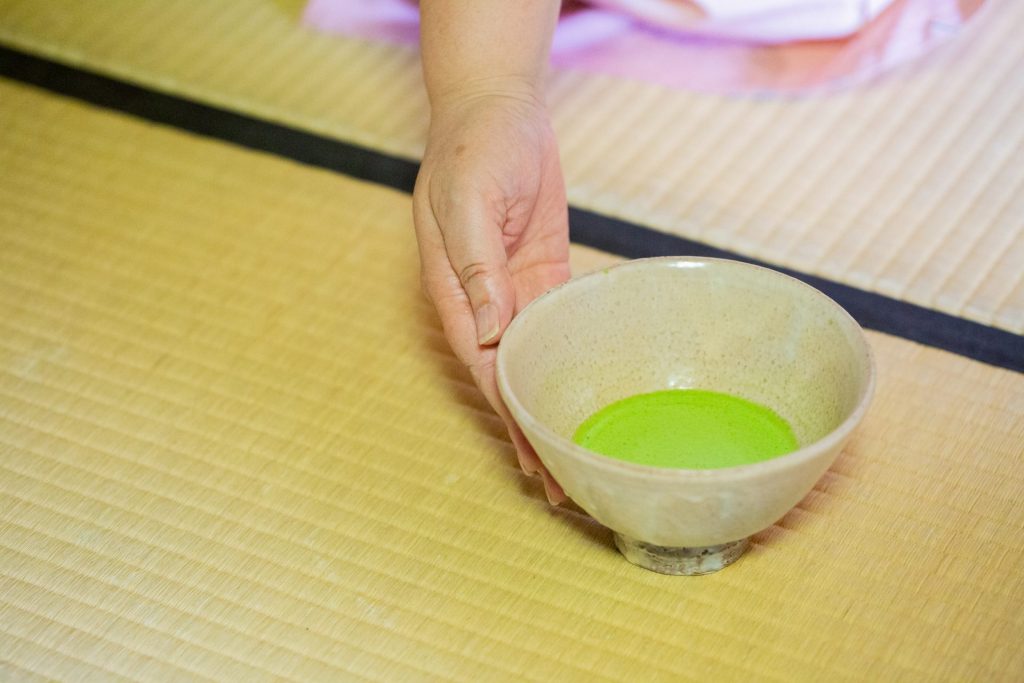
The matcha used in the tea ceremony is a high-quality powdered tea produced through a specialized method. Tea plants are grown in the shade, which imparts a deep flavor to the leaves. After harvesting, the leaves are dried and then ground into a fine powder using a stone mill.
A bowl of matcha is always served with wagashi, Japanese confections typically made from simple ingredients like sweet bean paste and mochi (glutinous rice). These confections, through their shape and color, also beautifully reflect the features of the current season.
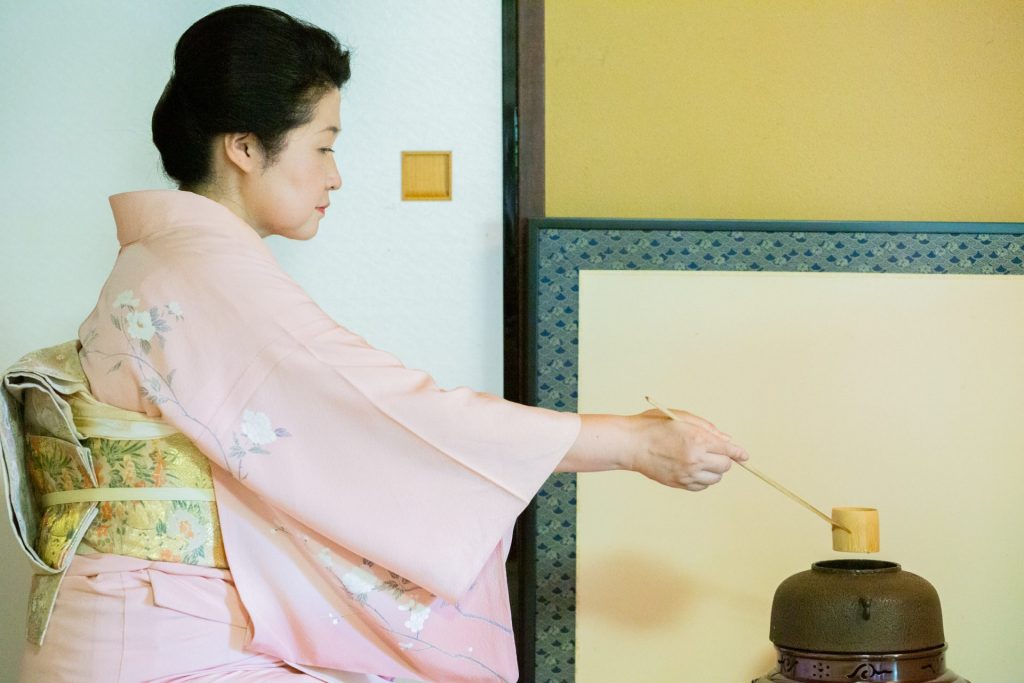
During a sado (“way of tea”) experience, the highest priority is showing consideration for the host, who has carefully selected the utensils and prepared the ritual, and for the other guests. Upon entering the tea room, guests first observe the art and flowers displayed in the alcove, bowing respectfully before them, as these elements symbolize the 600-year history and tradition of the Japanese tea ceremony.
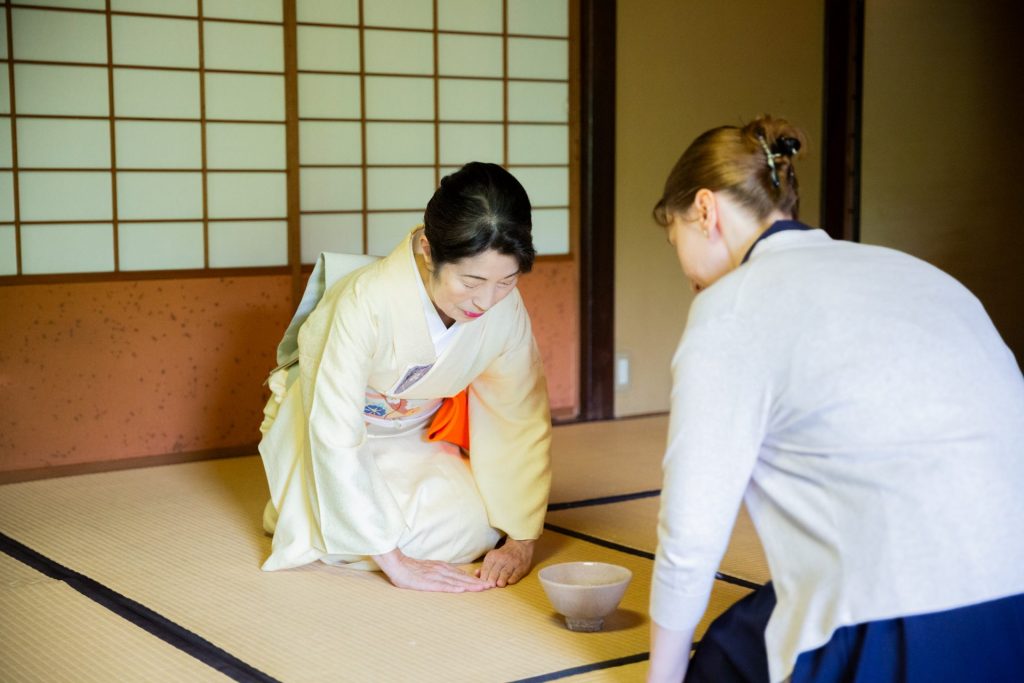
Throughout the ceremony, participants sit in seiza (kneeling position) and quietly observe the ritual. Conversation is minimal and should take place only after receiving the tea, focusing solely on the utensils and the ceremony itself. Proper chanoyu (tea ceremony) etiquette requires guests to fully consume both the sweets and the tea they are served.
Why Experience a Japanese Tea Ceremony in Tokyo?
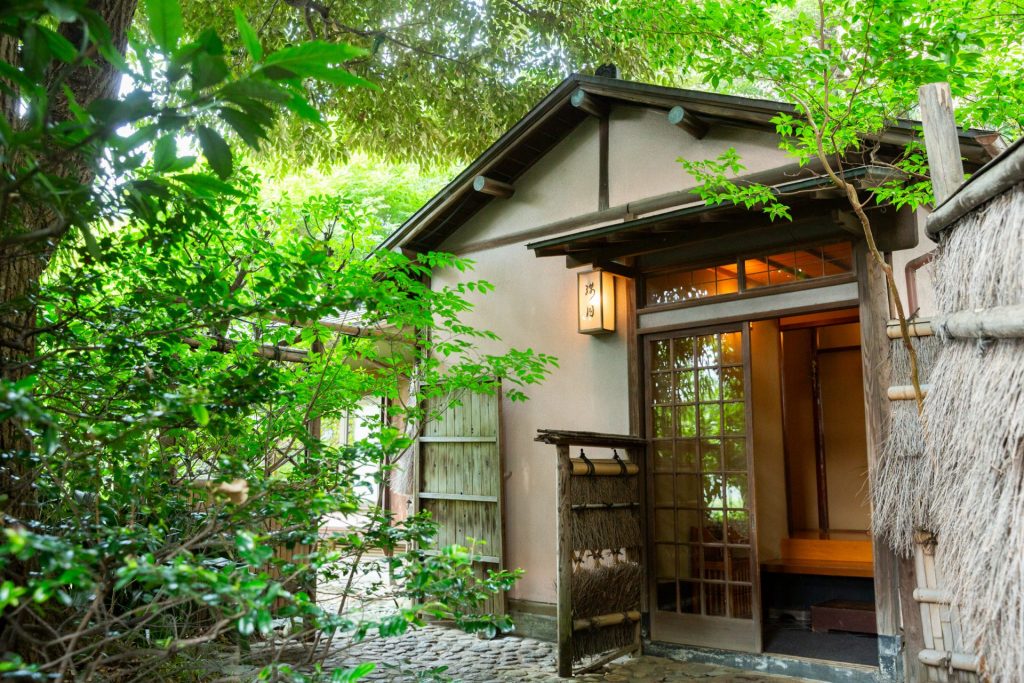
Participating in a tea ceremony is a must for international travelers seeking an authentic Japanese cultural experience.
While Kyoto is often seen as the ideal place to experience a tea ceremony, Tokyo has long been a hub for prominent tea utensil collectors and masters of sado. The city is also home to many purpose-built tea ceremony venues, often situated in public gardens or adjacent to hotels and restaurants. The high-quality tea ceremony experiences offered by luxury hotels and cultural centers in Tokyo are often more accessible and intimate than ones in Kyoto.
Hotel Chinzanso Tokyo is home to Zangetsu, a historic tea ceremony room nestled within the scenic Chinzanso Garden. In addition to its remarkable setting, the hotel partners with prominent tea masters—experts in their craft with international experience promoting the art of tea. This makes Hotel Chinzanso Tokyo one of the best destinations in Japan for an authentic tea ceremony experience.
Inside the Tea Ceremony at Hotel Chinzanso Tokyo
The Zangetsu tea house was originally located in Hakone Kowakien, on the estate of Baron Fujita, who acquired the garden in the early 1900s. Built in 1919, it is a faithful recreation of Zangetsutei, the tea house once owned by the renowned tea master Sen no Rikyu. This remarkable piece of architecture was later relocated to the garden of Hotel Chinzanso Tokyo and has been designated an Important Cultural Property of Japan.
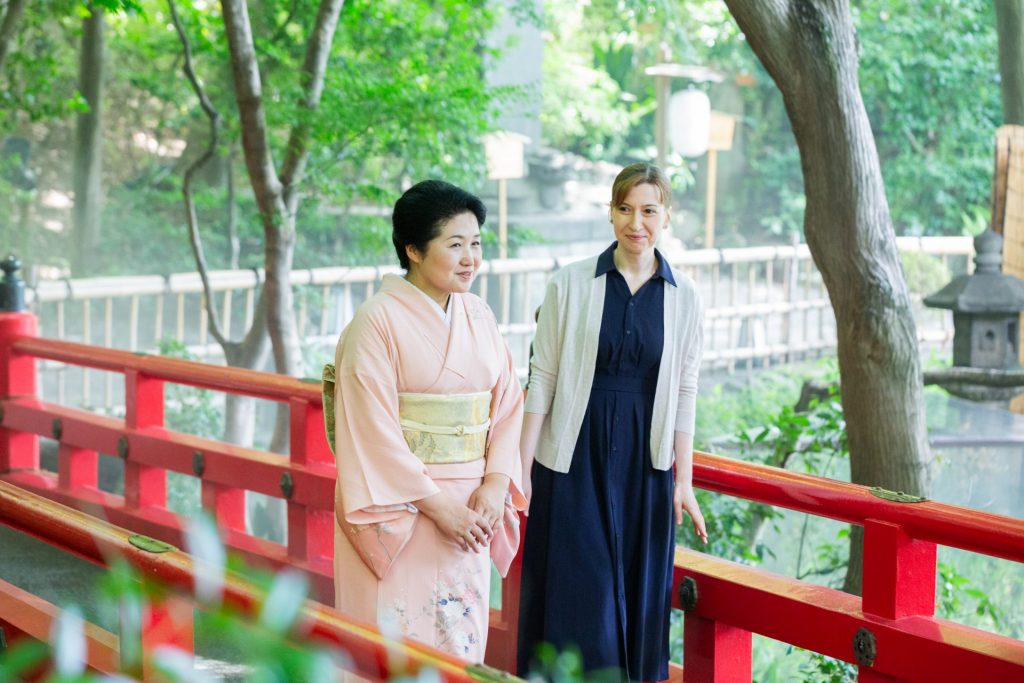
The tea ceremony experience at Hotel Chinzanso Tokyo begins with a warm welcome from the tea ceremony teacher in the hotel lobby. Guests are then guided through the garden, as the sensei points out seasonal features—many of which are reflected in the motifs used during the ceremony.
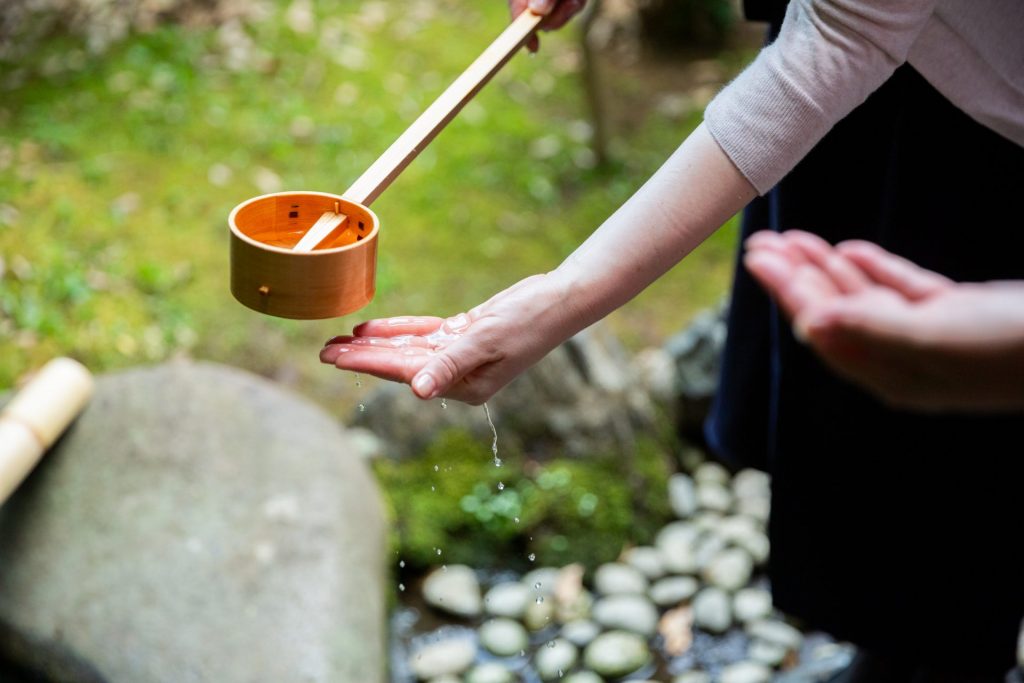
Before entering the tea house, participants perform a ritual purification by cleansing their hands and mouth at the chozubachi (purification fountain), just as one would when visiting a shrine or temple in Japan.
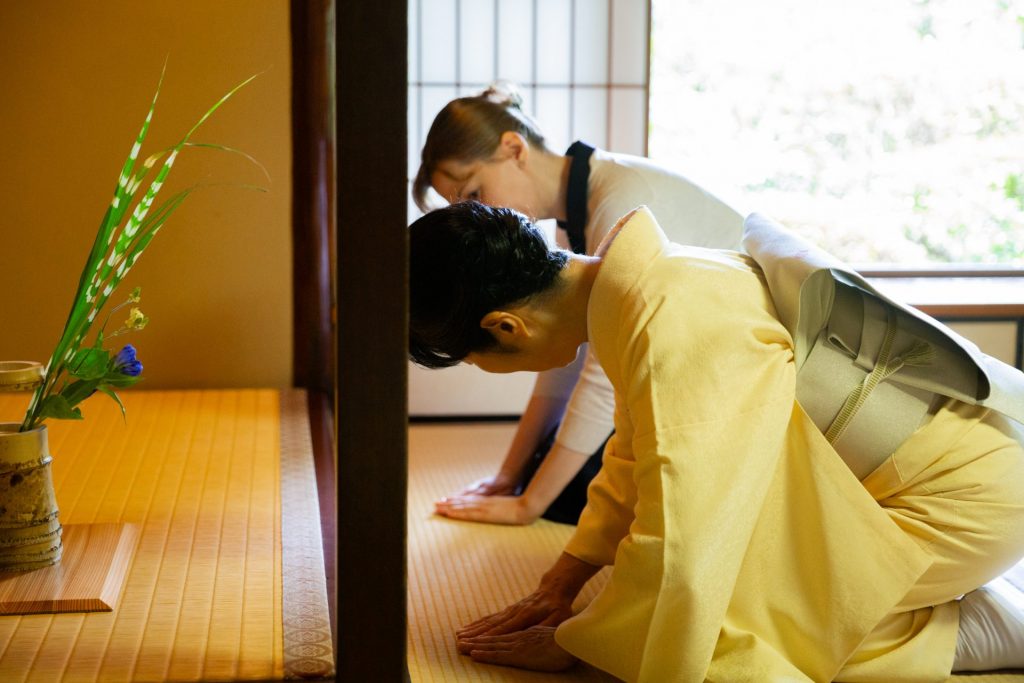
Once inside the tea house, the sensei explains the meaning behind the calligraphy and flower arrangement on display, guiding guests on how to bow before the tokonoma alcove—the most sacred space in the tea room.
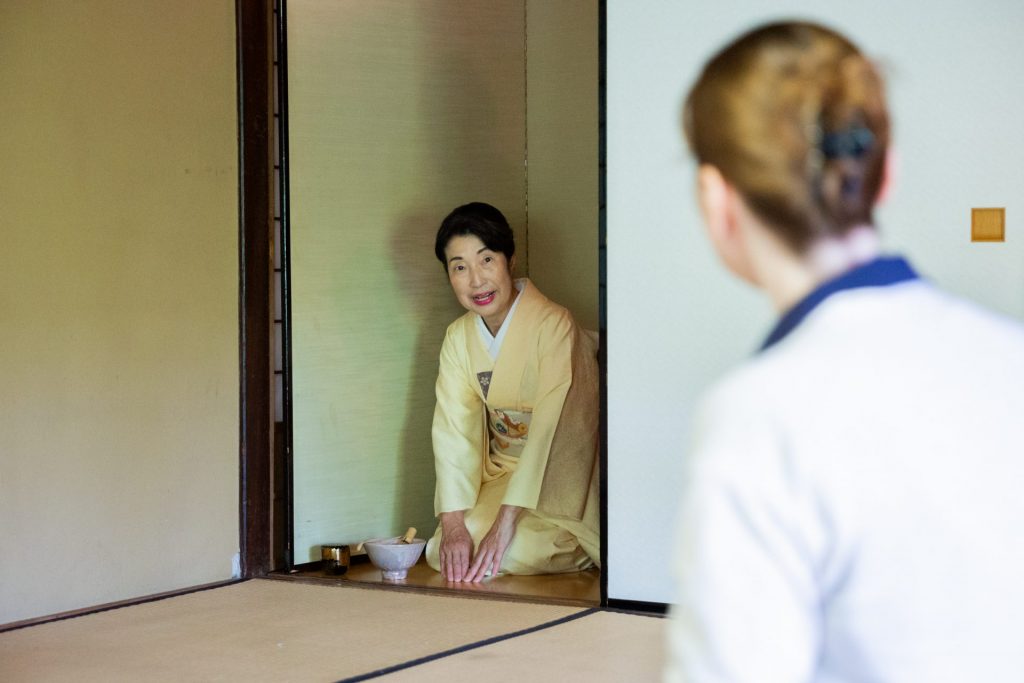
After taking a seat near the alcove, the tea ceremony begins. While one sensei performs the ritual—handling the utensils and preparing the tea—another provides explanations in English, guiding the guests through each step. They also teach proper etiquette, including how to bow and how to respond to the host’s gestures. These insights offer a deeper understanding of Japanese culture and the spirit of hospitality that lies at the heart of the tea ceremony.
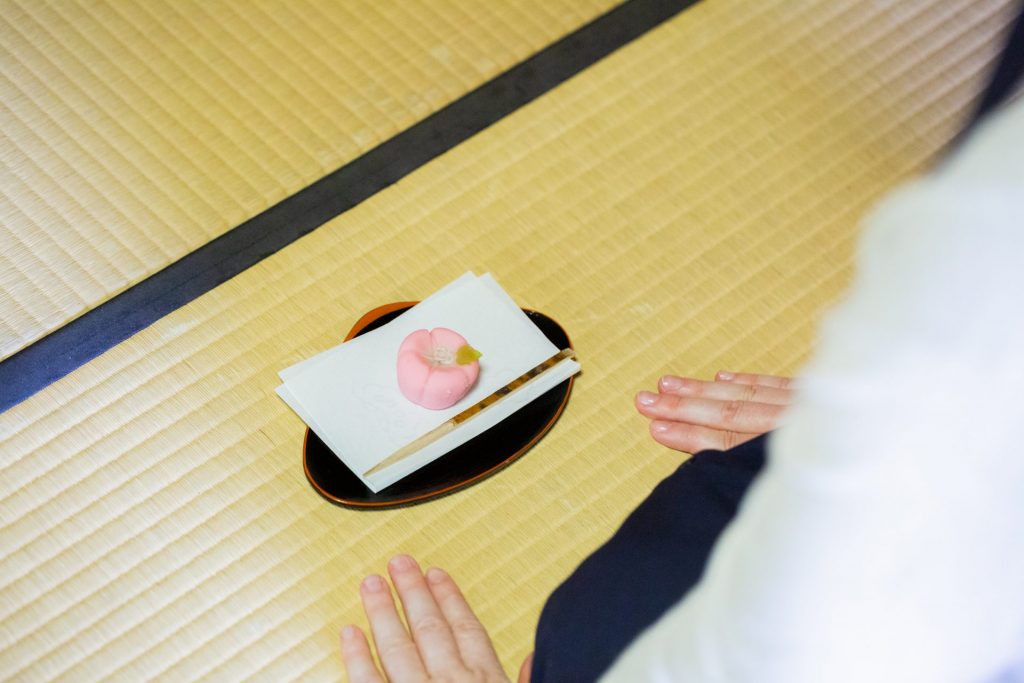
While the tea is being prepared, a seasonal confection—often a delicate flower-shaped work of art—is served. After bowing in gratitude, you enjoy this treat first; its subtle sweetness enhances the flavor of the matcha that follows.
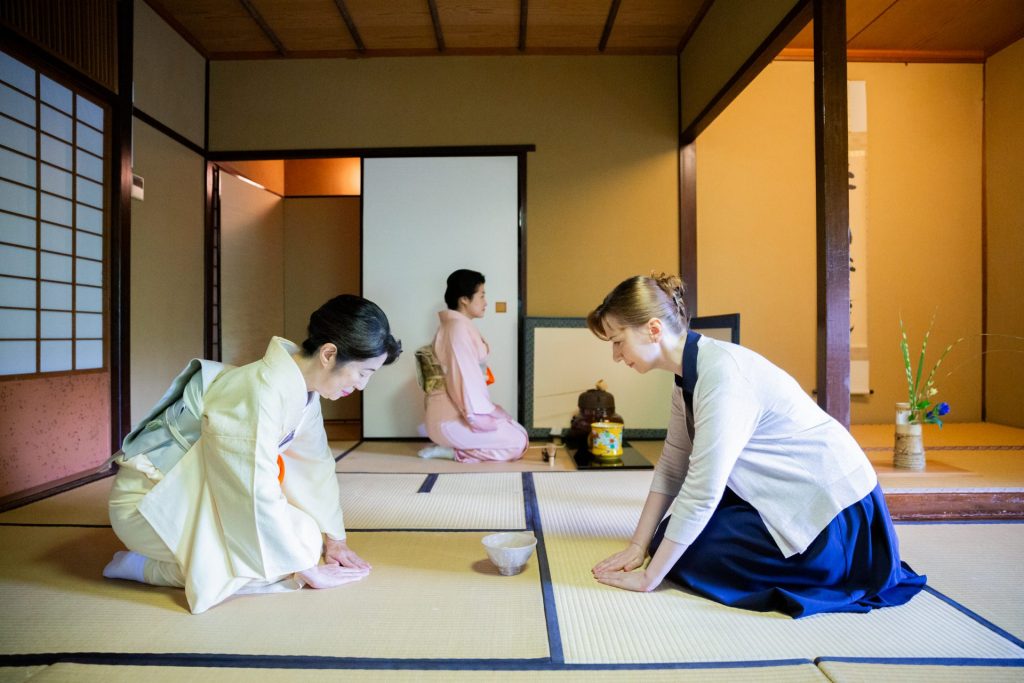
Expressing appreciation for these offerings is a vital part of the tea ceremony. As a guest, you are not merely an observer but an active participant—your gestures and responses contribute to the rhythm and harmony of the ritual. This is why having a sensei to guide you through the etiquette and procedures is so valuable, ensuring a meaningful and respectful experience.
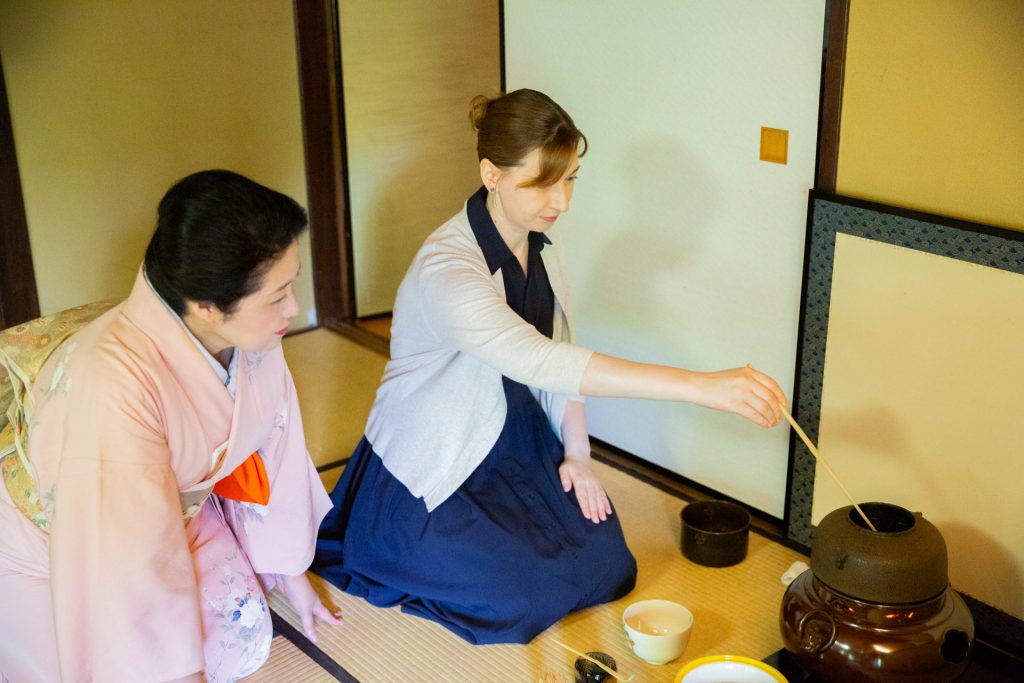
After enjoying your tea, you’ll have the unique opportunity to make a bowl of matcha yourself and offer it to your partner, friend, or another group member. The sensei will guide you through each step—measuring the matcha, adding hot water, and whisking it to a smooth, frothy finish. Few moments are as rewarding as hearing that the tea you made was truly delicious and perfectly prepared.
The chance to use authentic tea utensils and prepare matcha yourself is a rare experience, as many tea ceremonies focus solely on serving the tea to the guests. This interactive element is one of the features that makes the tea ceremony at Hotel Chinzanso Tokyo unique.
How to Book the Tea Ceremony Experience and Other Useful Information
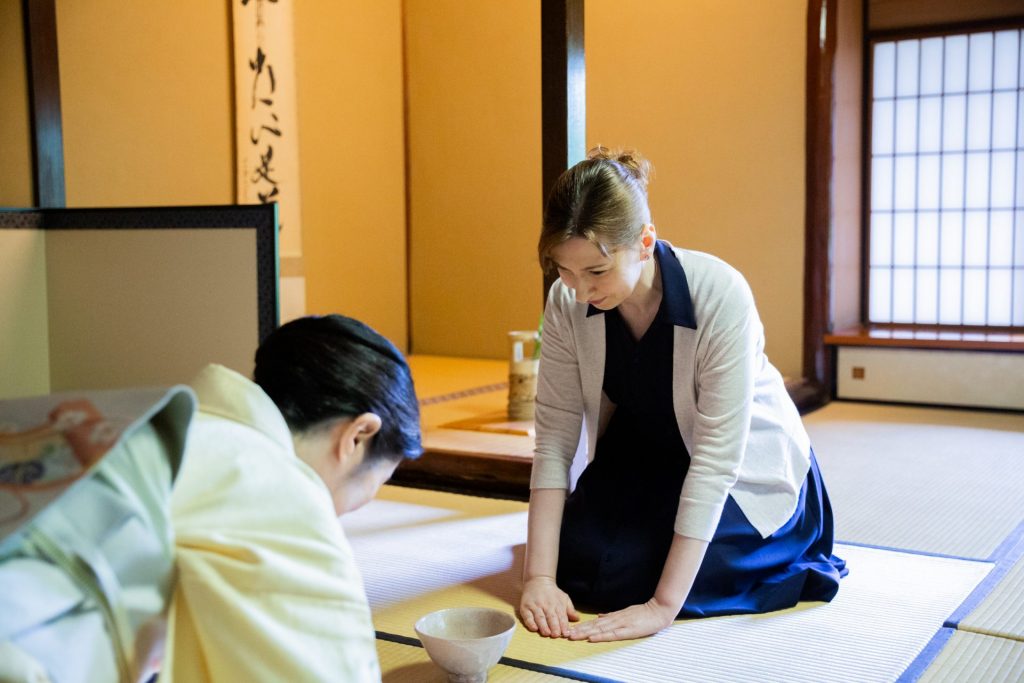
The tea ceremony experience at Hotel Chinzanso Tokyo is available to both staying and non-staying guests. Please note that reservations must be made at least 10 days in advance.
For pricing details and reservations, please visit the Tea Ceremony page on our official website. The experience is available in English, Chinese, and Japanese. Guests are also welcome to wear a traditional kimono, which can be arranged as an optional add-on.
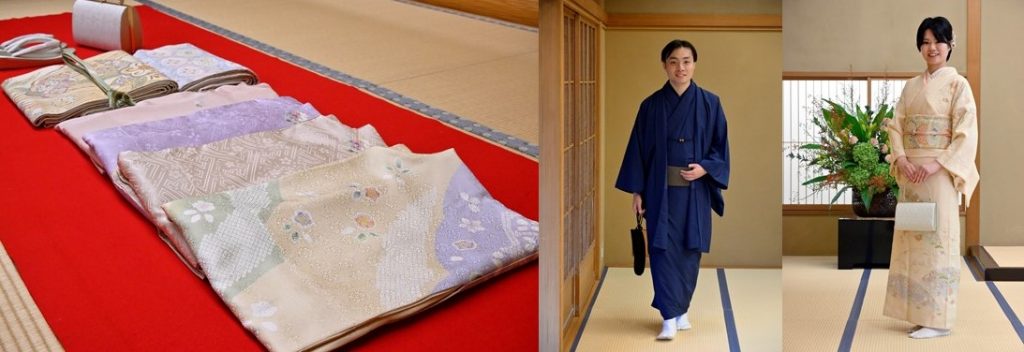
As you will be sitting in seiza (kneeling position) during the tea ceremony, we recommend wearing comfortable attire. For ladies, a long skirt or dress is ideal. Since the tea room has a tatami floor, socks are required—preferably white—so please be sure to bring a pair.
Tea ceremonies are formal occasions, so we kindly ask that you refrain from wearing overly casual clothing.
Why Choose Hotel Chinzanso Tokyo for Your Tea Ceremony Experience
With its historic tea house, tranquil garden, and bilingual tea masters, Hotel Chinzanso Tokyo offers one of the most authentic tea ceremony experiences in Tokyo. Conveniently located in the heart of the city—near Shinjuku, Ikebukuro, and the vibrant Kagurazaka district—our hotel is easily accessible for both local and international guests.
Your visit can be further enriched by dining at one of our renowned restaurants. Ryotei Kinsui and Miyuki serve kaiseki cuisine, which shares deep roots with the traditions of the tea ceremony. As you enjoy a seasonal kaiseki course, you’ll notice the same refined appreciation for nature and harmony that defines the tea ceremony itself.
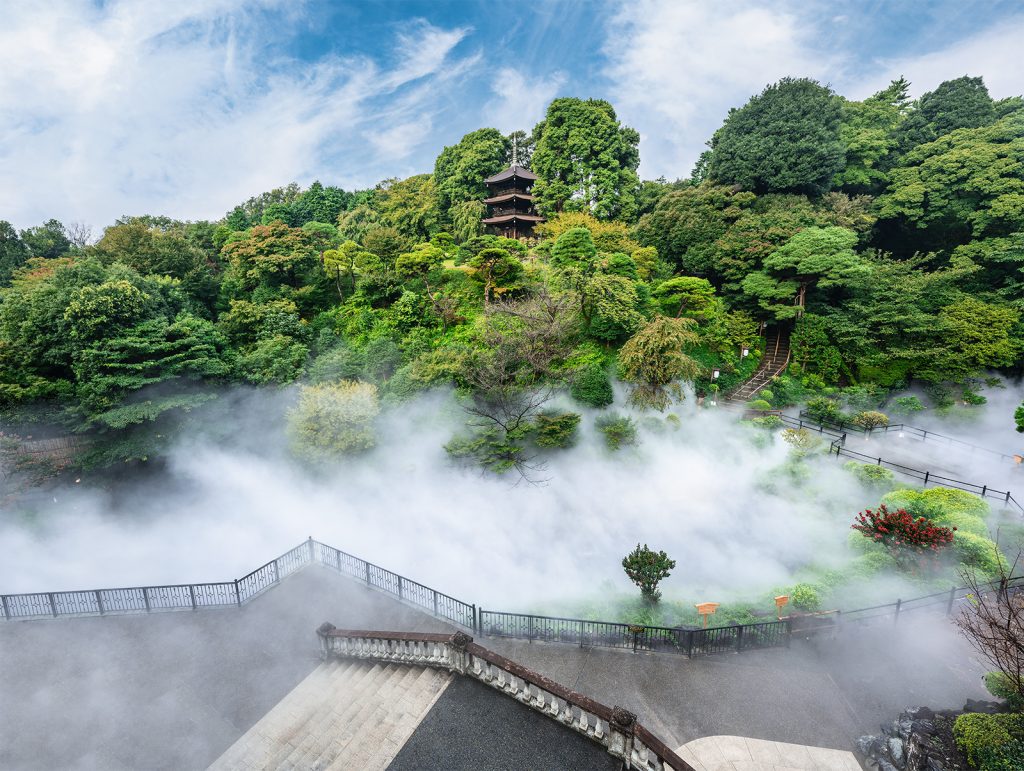
You can also combine the tea ceremony with a leisurely stroll through our garden or other cultural activities. While walking the grounds, you’ll witness the breathtaking Tokyo Sea of Clouds—a feature that enhances the garden’s natural beauty year-round.
At Hotel Chinzanso Tokyo, we offer a unique blend of luxurious hospitality and authentic cultural immersion, creating a truly memorable Japanese tea ceremony experience.
The Lasting Impact of a Tea Ceremony Experience
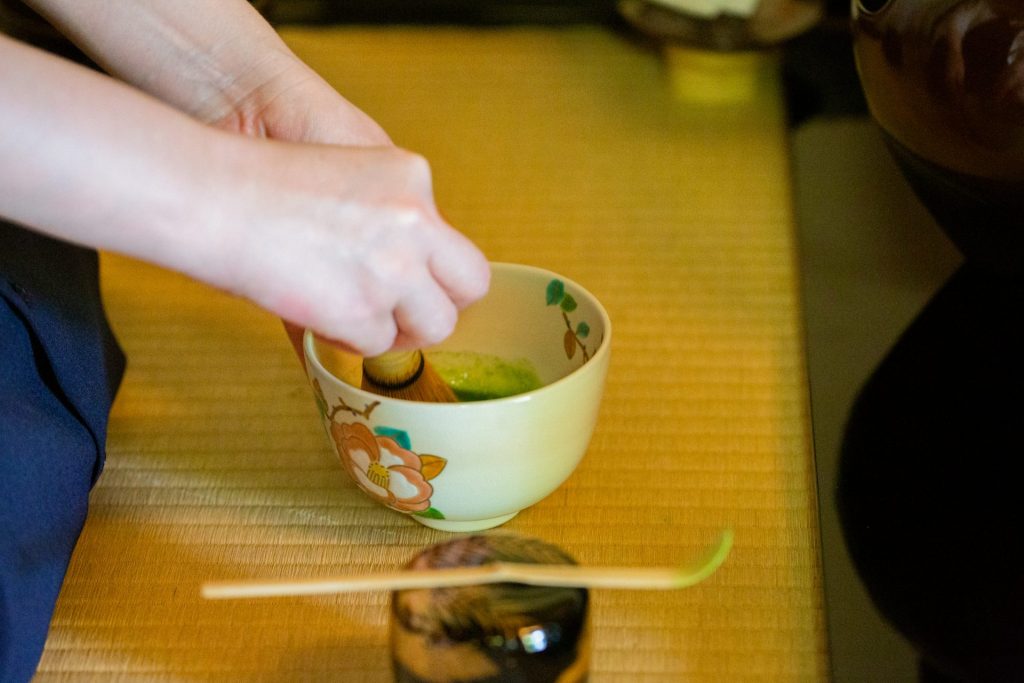
No matter how much you read about the Japanese tea ceremony, experiencing it in person exceeds all expectations. It is even more special when held in Zangetsu, a century-old building designated as a National Tangible Cultural Asset that embodies the ideals of Sen no Rikyu, Japan’s greatest tea master. Zangetsu is like a time capsule, allowing you to share the same space as the generations who shaped the tea ceremony tradition. The journey through the garden—feeling its sounds and light before entering the tea house—makes the entire experience truly extraordinary.
The attentive hospitality of the tea ceremony teachers and the meticulous care given to every detail of the chanoyu ritual make this experience a true reflection of Japanese culture. Book the tea ceremony at Hotel Chinzanso Tokyo and add it to your itinerary—it will deepen your appreciation of Japanese culture and open the door to even richer cultural discoveries.
Updated on September 30, 2025
